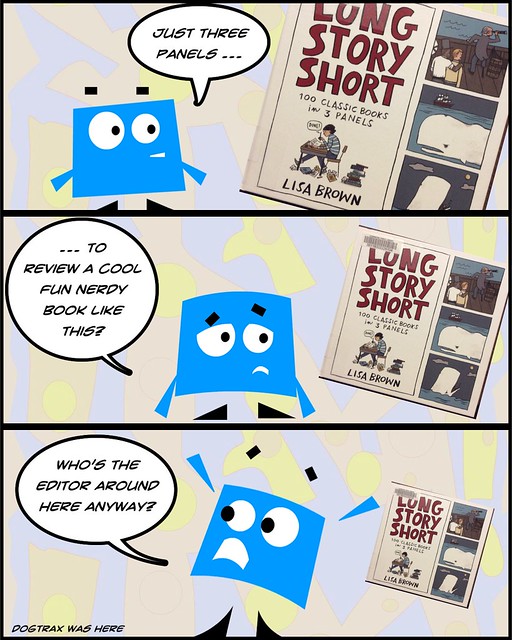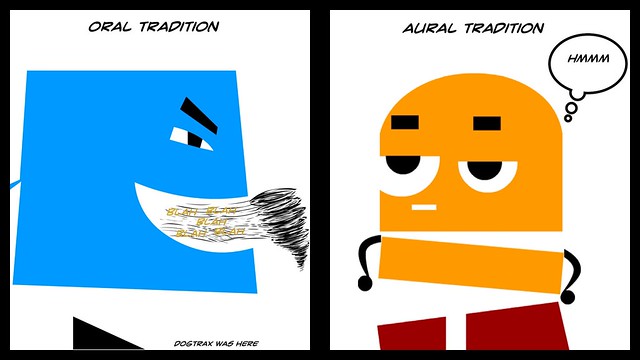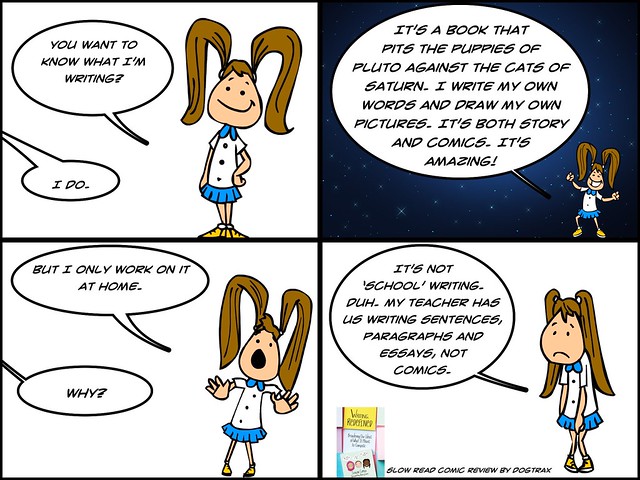
This book is a joke. I mean, you can’t even read the cover of Keep Scrolling ‘Til You Feel Something: Twenty-One Years of Humor from McSweeney’s Internet Tendency once you take the paper sleeve off. You have to hold the binding up to the light, and twist it a bit, just to realize, the entire thing … just a big fat joke. Sixteen books better than this one? Is that what it says? Only sixteen? ‘Cause I got a larger list going somewhere over here.
Skip over the 600+ pages of nonsense to read more about the contributing writers. Informative? Well, sort of, if you can get past all the insider jokey references to humor writers, about living in either New York or Hollywood, and a smorgasbord of deadpan verbiage. (say that last bit out loud in the voice of the Muppet Show’s Swedish Chef … now, THAT’s funny stuff) Even the final pages of Additional Contributors are a big joke. Email as someone to thank? I think not.
Then go on, go on and dig your way through the pages of this brick of a book. Don’t hurt yourself as you hold this behemoth of paper. It’s heft might hurt your wrists. Drop it on your foot and you’re for sure on a trip to the emergency room, signing away your life to the health care industry. I blame the editors.
Before you open the book up, though, it’s fair to ask: McSweeney? Who’s the heck is he? Or her? What’s that? You won’t find a good answer inside. Instead you get so-called Back Stories and Behind the Scenes malarky (I’m stealing that one back from Biden) that will provide little to no insight into McSweeney it/him/herself.
And just look at the writers here. Jake Tapper? Really? Are we to believe the lefty CNN guy is funny? Come on. Jake Tapper, who are you, really, anyway? Plus lots of names you never heard of. John Hodgman? Ellie Kemper? Mingled in with some people you may think you might have heard of once, but, you know, probably not. Given the joke that this book really is, the names are likely jokes, too. You could spend a few hours trying to crack the humor code, but why bother? You’re not going to laugh anyway.
It’s not that kind of joke book. The one that makes you laugh.
Last of all, why buy the book when all of this material is apparently online? For free. If you can find it. If you care to look. Yet the book costs a pretty penny, let me tell you, and the joke is on me, and you, if you spent your last penny on the purchase. At least, you won’t have to indulge again for another 21 years. If books are even around. Stories may be gone, too, for all we know.
Yep, Keep Scrolling ‘Til You Feel Something is a joke. And so is this review. I am full of malarky and loving it.
Peace (it’s in the book, next to the decorative gourds),
Kevin











